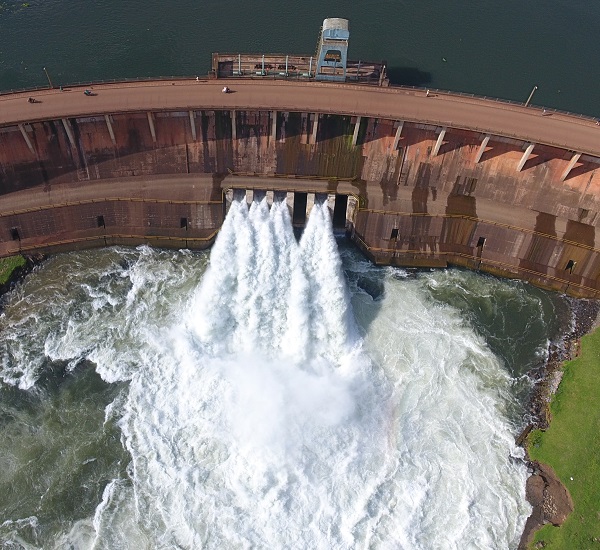Source of the Nile, Jinja District, Southeastern Uganda
Built in 1954 at the source of the Nile, the Nalubaale Dam (formerly Owen Falls) was Uganda’s first large-scale hydropower project. With an initial 150 MW capacity (now 180 MW after upgrades), it remains a historic energy landmark.
Managed by Eskom Uganda, Nalubaale’s aging infrastructure requires frequent maintenance. Its construction flooded Ripon Falls, altering the Nile’s ecosystem. The dam’s upgrades aim to extend its lifespan, but siltation and inefficiencies persist.

Originally designed to produce 150MW, upgraded to 180MW, providing electricity to central Uganda for over 60 years.
Enabled establishment of Uganda's first major industries in Jinja, including the now-defunct Uganda Textile Mills.
Regulates Lake Victoria's water levels through agreed discharge rates with downstream countries.